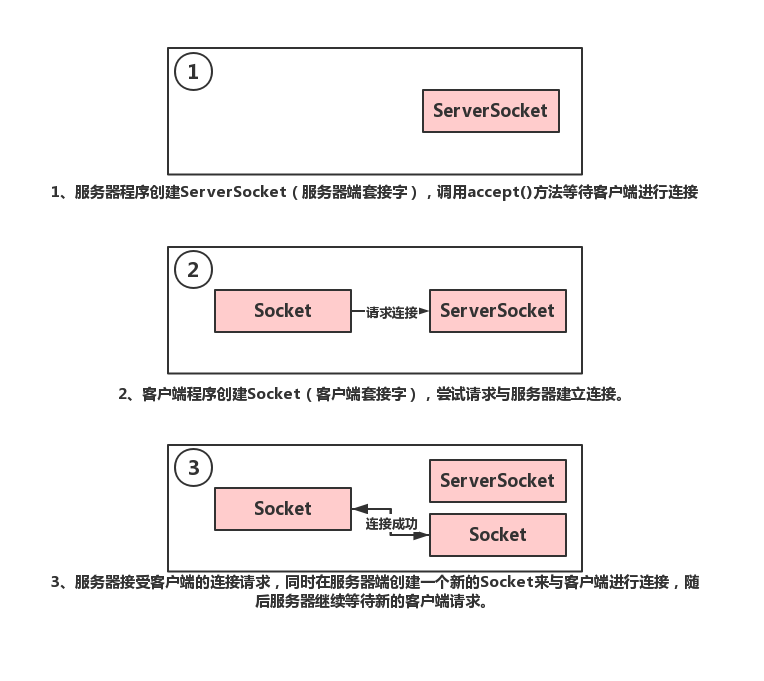Python中docx2txt庫的使用說明
docx2txt的Github地址
docx2txt是基于python的從docx文件中提取文本和圖片的庫。
代碼是從python-docx中獲取的。它也可以從頁眉,頁腳和超鏈接中提取文本。它現在也可以提取圖像。
安裝pip install docx2txt運行1、命令行運行
# extract textdocx2txt file.docx# extract text and imagesdocx2txt -i /tmp/img_dir file.docx2、在python中調用
# extract textdocx2txt file.docx# extract text and imagesdocx2txt -i /tmp/img_dir file.docx
補充:python docx提取word中的目錄及文本框中的文本
問題描述python docx提取word中的目錄及文本框中的文本
解決方案因未在docx庫找到直接識別word中目錄及文本框中文本的方法,所以采用了一個“笨”方法,docx庫可以把word文檔解析成xml格式,以解析xml的方式查找目錄及文本框中文本,具體做法:
迭代出文檔的所有element,其中目錄的tag為“std”,找到它后提出他的所有文本即為目錄文本;文本框的tag 為“textbox”,找到它后還要繼續下鉆尋找tag為 ’r’的element,提取其文本則為文本框中文本。
# 提取word目錄file = docx.Document(file_path)children = file.element.body.iter()child_iters = []for child in children: # 通過類型判斷目錄 if child.tag.endswith(’main}sdt’): for ci in child.iter(): if ci.text and ci.text.strip(): child_iters.append(ci)catalog = [ci.text for ci in child_iters]
# 提取word文本框中文本file = docx.Document(file_path)children = file.element.body.iter()child_iters = []for child in children: # 通過類型判斷目錄 if child.tag.endswith(’textbox’): for ci in child.iter(): if ci.tag.endswith(’main}r’): child_iters.append(ci)textbox = [ci.text for ci in child_iters]
文本域的標簽,第一次找的是AlternateContent,后來發現對有些文本域失效;第二次又找到了pict,基本覆蓋了測試的所有文本域;第三次把word文檔的標簽都找出來看了一下,發現textbox這個標簽看著更靠譜,用它測試了一下,也能覆蓋所有的測試文本域,決定就選擇這個標簽。
提取文本后,又有了新需求,提取的文本很多都不成句,呈短語或單詞的形式,需要把提取的文本還原成段落形式:
file = docx.Document(file_path)children = file.element.body.iter()child_iters = []tags = []for child in children: # 通過類型判斷目錄 if child.tag.endswith((’AlternateContent’,’textbox’)): for ci in child.iter(): tags.append(ci.tag) if ci.tag.endswith((’main}r’, ’main}pPr’)): child_iters.append(ci)text = [’’]for ci in child_iters : if ci.tag.endswith(’main}pPr’): text.append(’’) else: text[-1] += ci.text ci.text = ’’trans_text = [’***’+t+’***’ for t in text]print(trans_text)i, k = 0, 0for ci in child_iters : if ci.tag.endswith(’main}pPr’): i += 1 k = 0 elif k == 0: ci.text = trans_text[i] k = 1file.save(’E:/***/test.docx’)
把標簽pPr當做換行標志, 把提取的文本每段前后都加了“***”后又寫回文檔中。
注:這里又發現AlternateContent這個標簽必須要帶上,否則可以提取文本域內的文字,但改變文字寫回去保存word不顯示更改后的文字。
以上為個人經驗,希望能給大家一個參考,也希望大家多多支持好吧啦網。如有錯誤或未考慮完全的地方,望不吝賜教。
相關文章:

 網公網安備
網公網安備